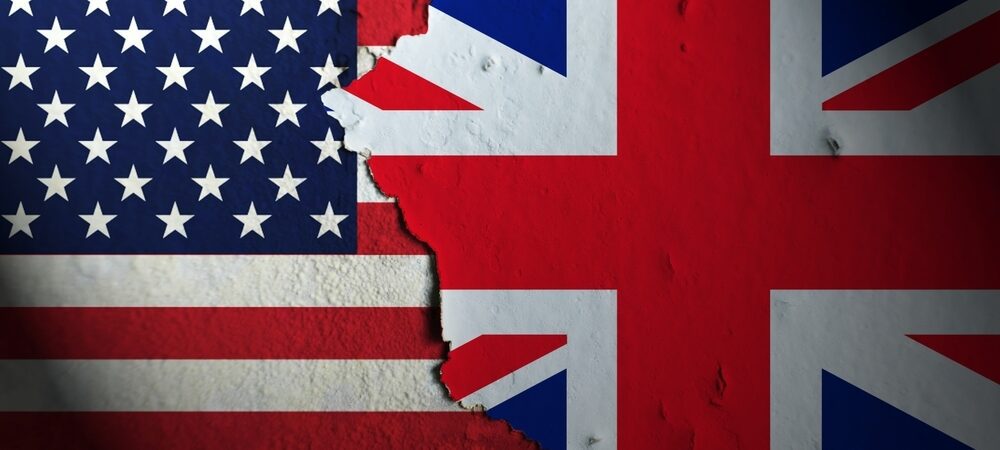To much fanfare, the United Kingdom and the United States announced the first arrangement to emerge during the 90-day Tariff Pause that began on 9 April 2025. The initial messaging by both governments to their domestic audiences was revealing, as I demonstrate here by providing a structured comparison of the official announcements released on 8 May 2025. Furthermore, the White House appears not to realise that the upper limit of projected US export gains pales in comparison to the $80bn in goods shipped last year by US firms.
The official statements accompanying new UK-U.S. economic arrangements revealed on 8 May 2025 are both thin on detail and contain significant discrepancies on several key matters.
The parties could not even agree on basic terminology – the UK carefully avoids calling it a “trade deal” while the U.S. embraces this label. This distinction matters because the arrangement clearly fails to meet WTO requirements for regional trade agreements that are supposed to cover substantially all bilateral trade.
In the automotive sector, the U.S. maintained its headline 27.5% tariff rate while creating a quota allowing 100,000 UK vehicles to enter at a reduced 10% rate. With Jaguar Land Rover already exporting approximately 95,000 vehicles to the US, and receiving considerable billing in the UK statement, questions remain about how the remaining quota will be distributed among other UK-based car manufacturers including Mini, Rolls Royce, McLaren, and Aston Martin.
For the steel industry, the official statements contradict each other significantly. The UK claims the current 25% steel tariffs have been “negotiated down to zero,” supposedly saving an industry “on the brink of collapse.” However, the US statement merely acknowledges future negotiations for “an alternative arrangement to the Section 232 tariffs on steel and aluminium.” Simply put, the tariff treatment of UK steel needs clarification.
Regarding agricultural market access, the UK asserts it secured a 13,000 metric tonne quota for beef exports to the US, but this was not confirmed in the White House Fact Sheet. Meanwhile, the U.S. projects “$5 billion in export opportunities for U.S. farmers, ranchers, and producers,” without going into detail.
The UK’s decision to remove tariffs on ethanol imports specifically from the U.S. (currently between 8.5 and 16.0 GBP per hectolitre) likely violates the WTO’s Most Favoured Nation principle, which requires equal treatment for all trading partners. The UK could face formal challenges from other ethanol-exporting nations.
In the pharmaceutical sector, the UK claims to have secured “preferential treatment in any further tariffs imposed as part of Section 232 investigations,” but the U.S. statement only mentions creating “a secure supply chain for pharmaceutical products” without confirming any special arrangements.
Divergent narratives were employed in respect of digital policy and state contracting. The UK emphasises that its Digital Services Tax remains unchanged while suggesting a future “digital trade deal,” whereas American messaging make no mention of these elements. Similarly, US claims about closing “loopholes” in UK procurement processes cannot be found in Britain’s statement.
As to commercial significance, the UK framed outcomes in terms of jobs saved rather than trade gains. Meanwhile, the White House projected $5 billion in potential new export opportunities – which, it turns out, is less than the growth in U.S. exports to the U.K witnessed between 2023 and 2024. Last year US goods exports to the UK were a shade under $80 billion.
Rather than representing a transformative economic achievement, this arrangement appears to maintain the baseline U.S. tariffs of 10% in general and 25% for sensitive sectors set on 2 April 2025. Other governments negotiating with the U.S. may wish to take note.
The contradictions between official statements, modest projected economic impact, and WTO compatibility concerns with the ethanol provisions suggest that this approach falls far short of the “landmark” or “historic” achievement described in official messaging.
1746778502531_TL 64 US UK trade arrangements 1To read the briefing as it was published by Global Trade Alert, click here.
To read the briefing PDF as it was published by Global Trade Alert, click here.


